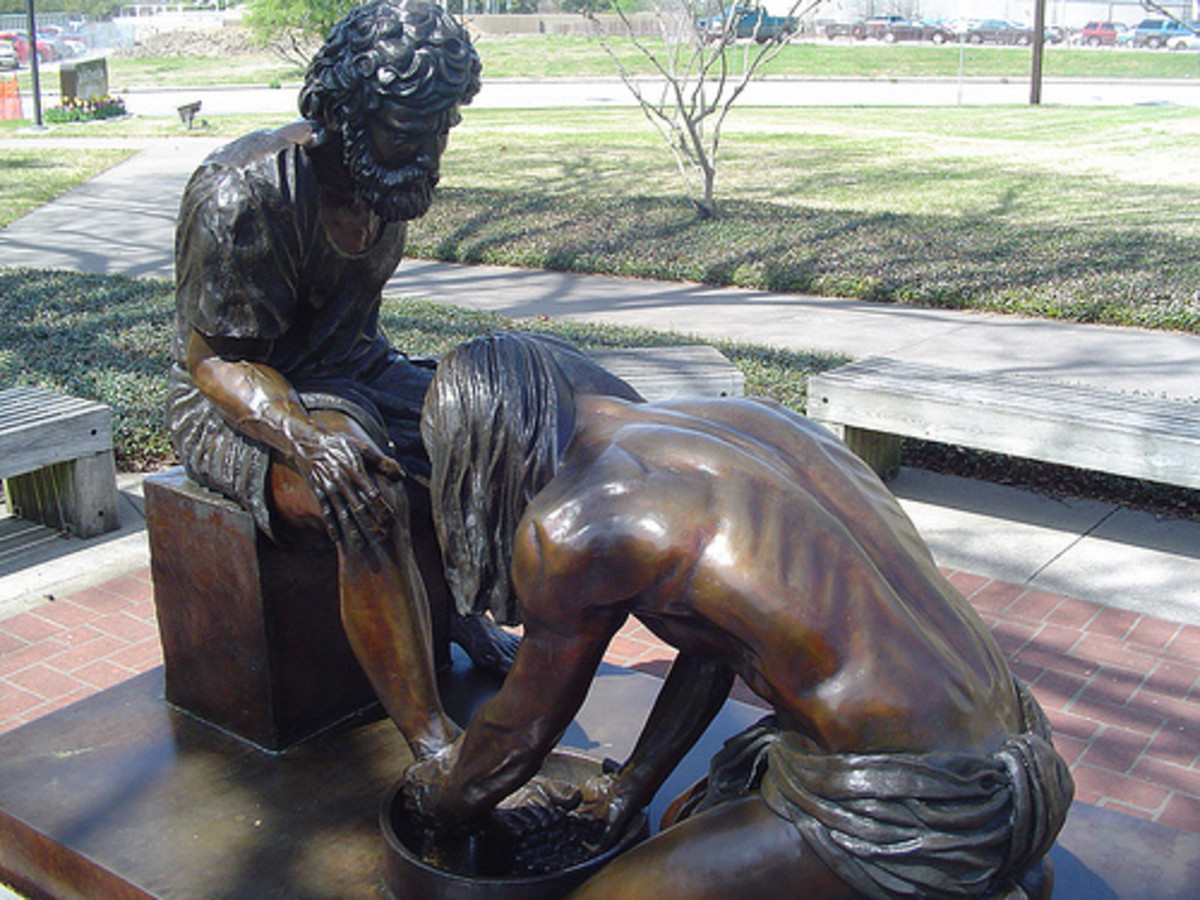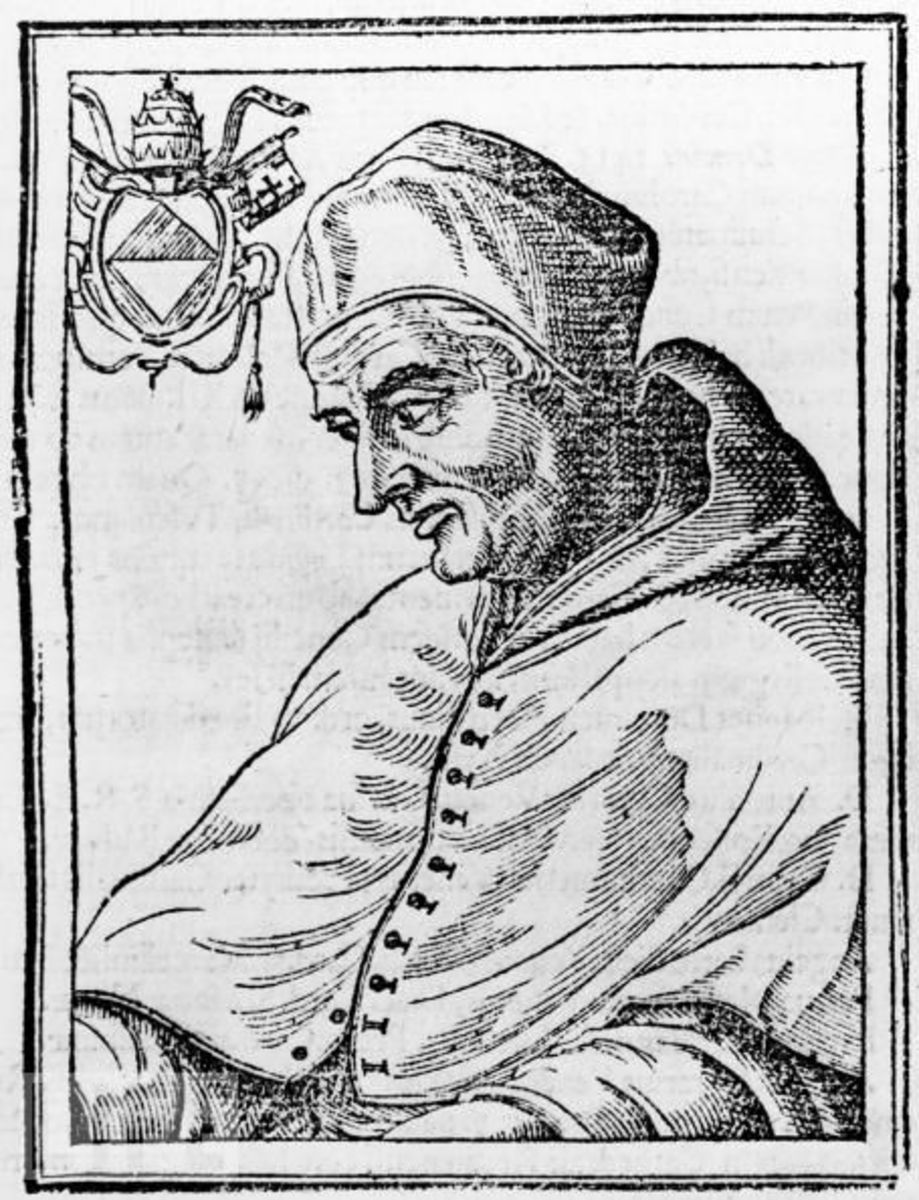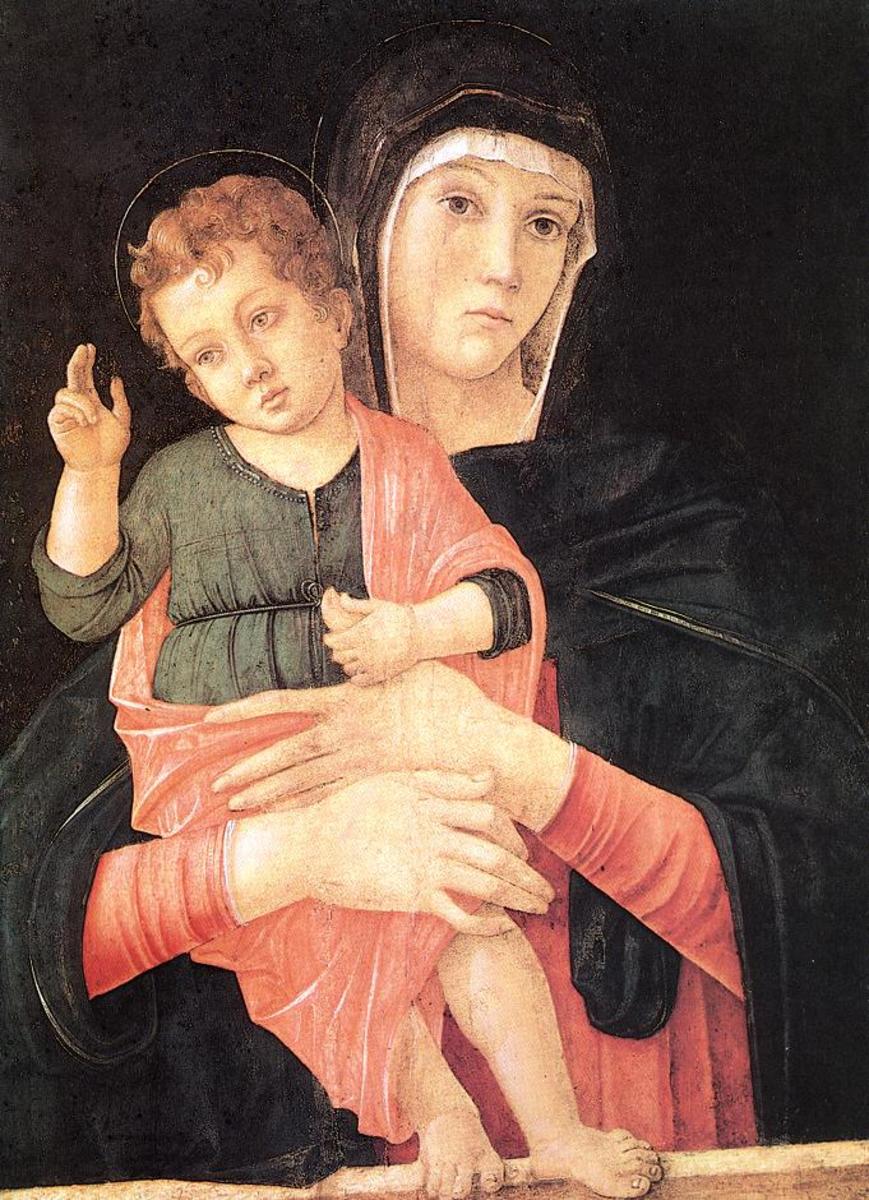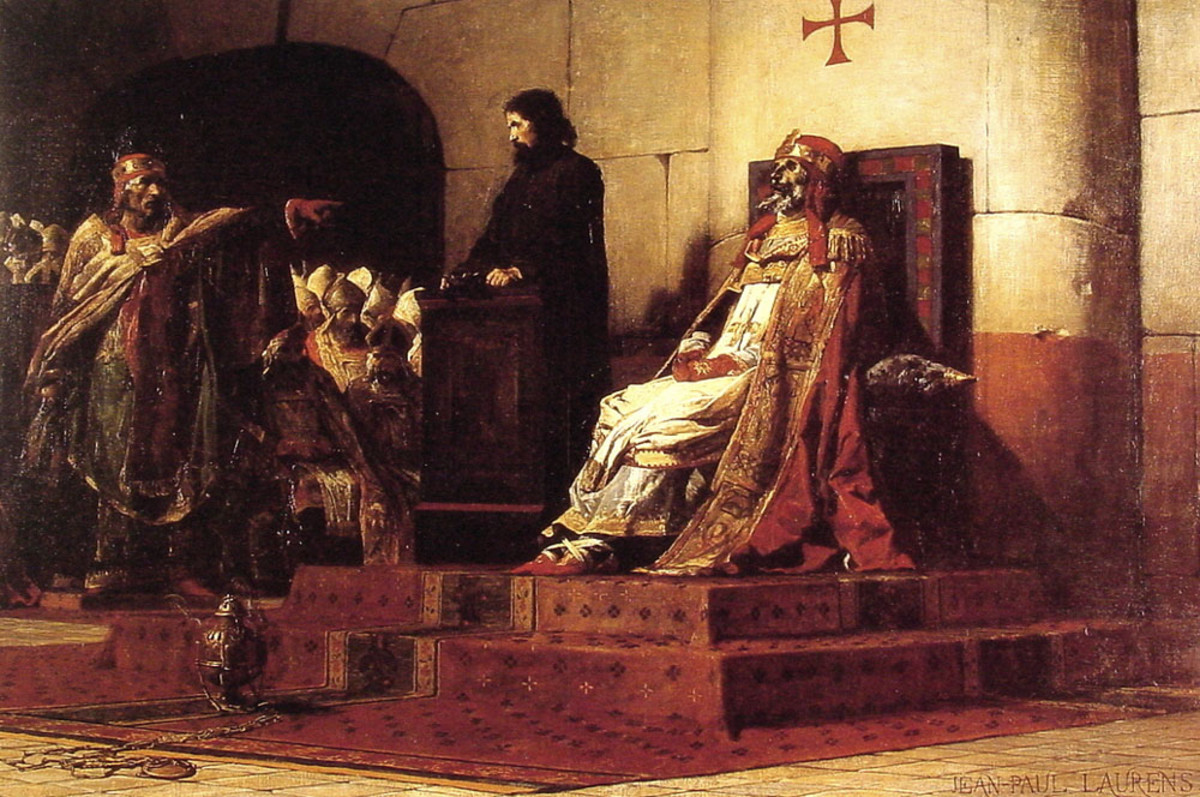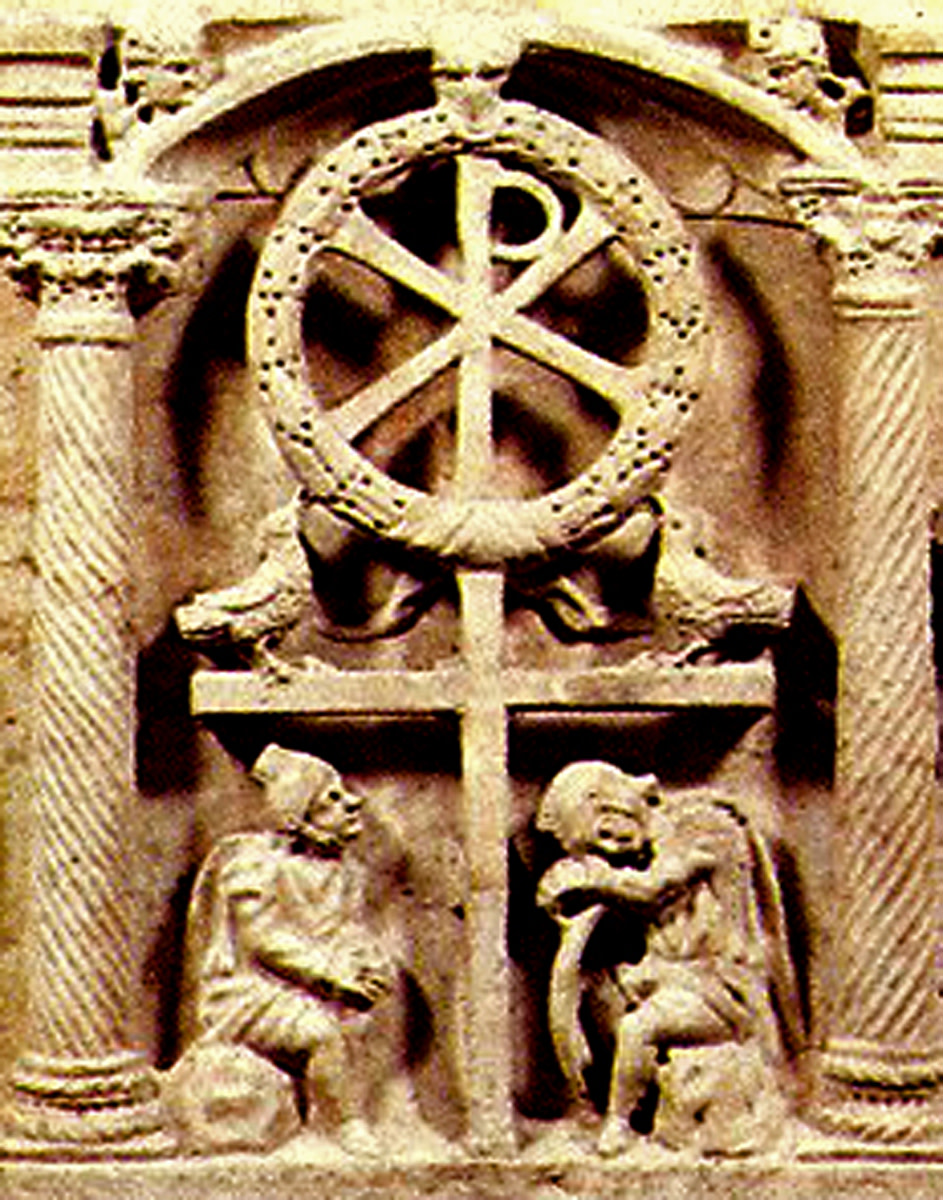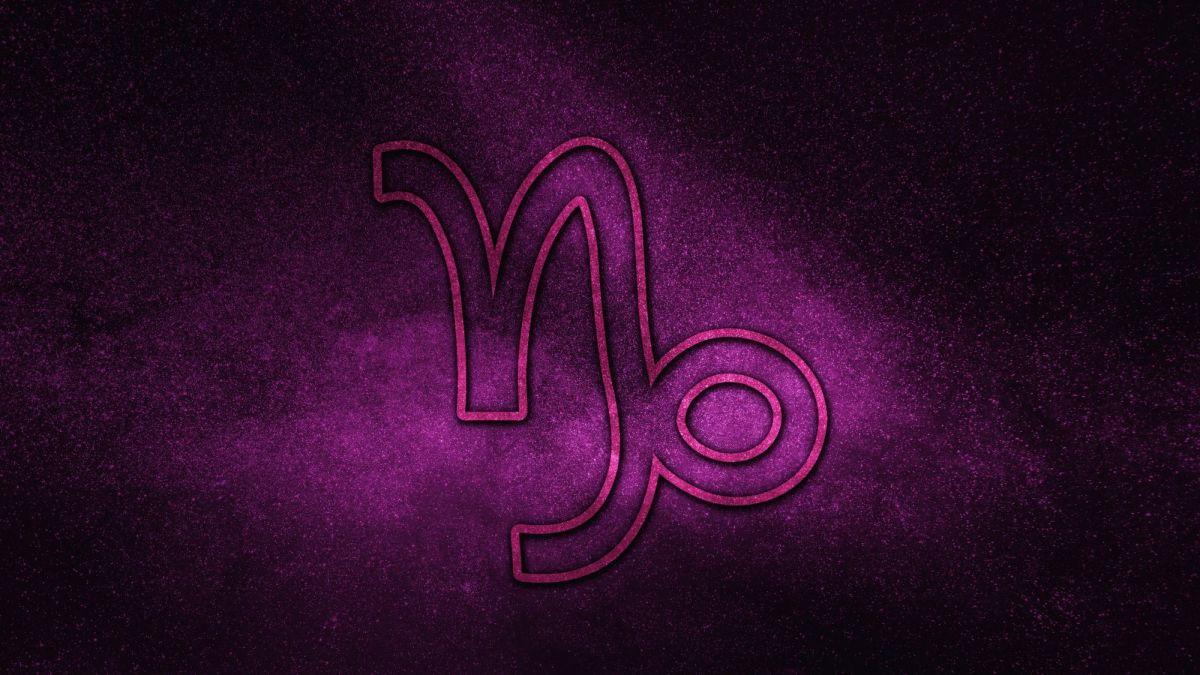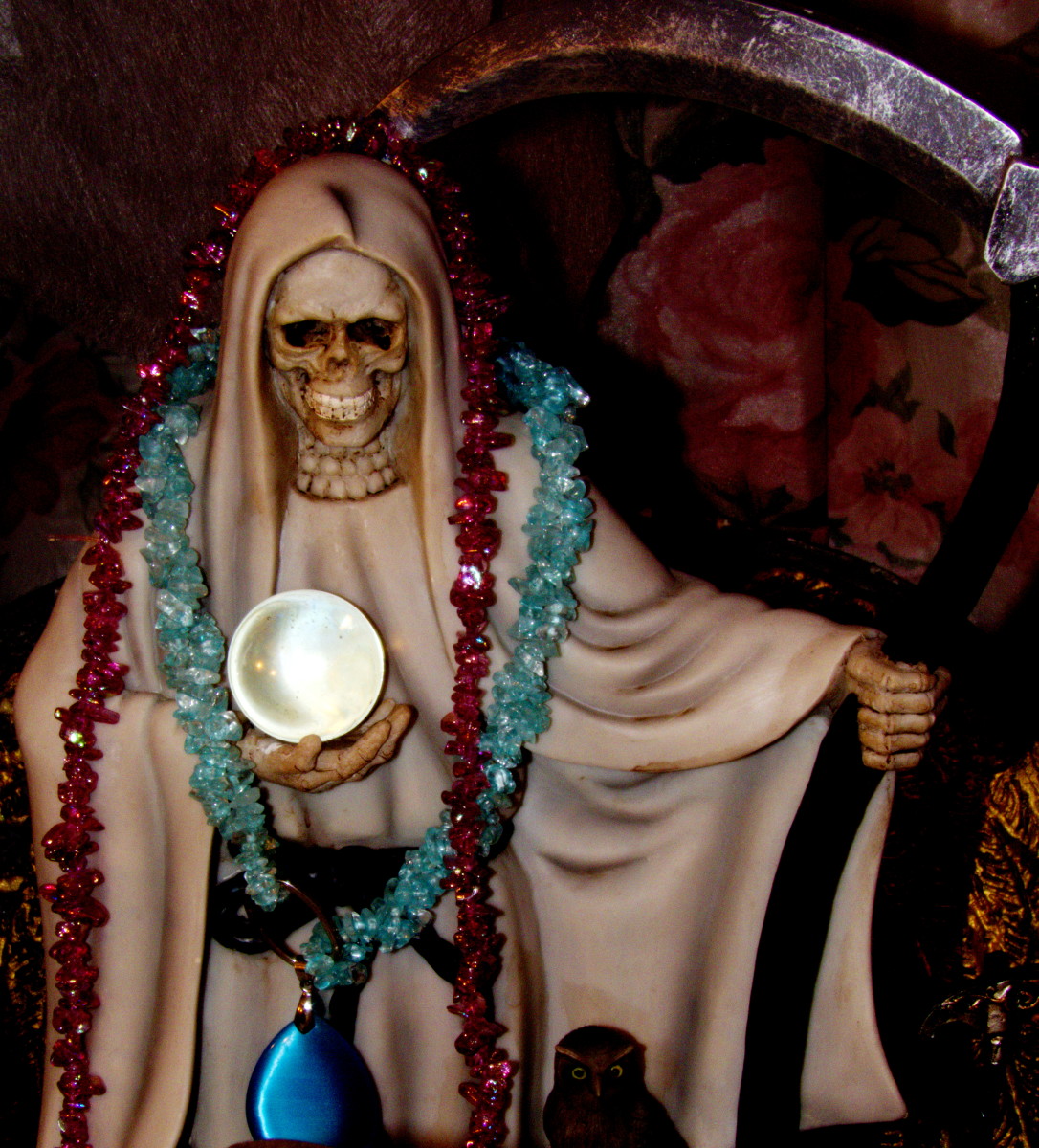The Rise And Fall of Christianity
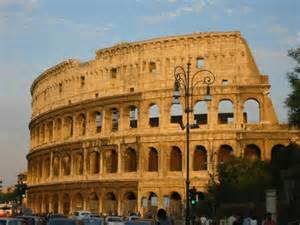
As I have already discussed in a hub called “A short history of the NT”, the history of influences that shaped Christianity were many. It began as a fragmented group of cults that were loosely related by various books and beliefs. Later it came under Roman rule. Now, Rome may not have dictated what went into the NT. Rather its history and interaction with the people influenced it most. But Constantine and later emperors did judge debates, and made their influence felt in a lot of major ways, as they saw themselves traditionally as the head of all state religions.
Rome often had several emperors at a time. Each had a family army and territory. While they worked together they often worked against each other vying for power. This was the case for a good part of Constantine’s reign.
Things did not go smoothly for the Christians even after Constantine and the other emperors co-authored the edict to end persecution. Maximinus was one of those authors, but he started another persecution in his own territory not too long afterward. Eventually he was killed in battle with Licinius who was also a co-author of the edict. Later Constantine killed Licinius in battle to rule as sole Emperor until his death of natural causes. He named both his sons as co-emperors, Constantine II and Constans 1. Eventually the youngest, Constans 1, killed his brother in battle. Both were raised Christian, but Constans tried to bring Arian ideas back into the church. He was murdered not too long after.
Then In 355 CE, Julian the Apostate, a cousin of Constantine II and Constans 1, tried to bring Rome back to traditional values and traditional gods. But at least he didn’t persecute the Christians. He ruled alone for 8 years and died in battle, the last non-Christian Emperor.
Up till the time of the Roman take over, the major churches were fragmented. But under the leadership of Rome they created what they called a universal Christianity. It had always been the aim of most church leaders, but they were never able to due to political infighting and a diversity of dogmas. Rome brought them all together and bonded them under Constantine’s desire for and insistence on standardization.
As a bit of an aside: The Catholic Church never called itself the Roman Catholic Church. The phrase “Roman Church” literally means the physical seat or chair of the pope in Rome. Calling it the Roman Catholic Church a mistake made almost exclusively in English speaking countries. There were other seats of the pope in Alexandria, Antioch, Jerusalem, and Constantinople.
To complicate matters, Rome was split in two and had been for centuries. There was an Eastern Roman Empire and a Western Roman Empire and both had their own emperors and their own capital. When the universal church formed, it too almost immediately split between east and west. The biggest division between them was the pope, and where he should reside. But there more basic differences as well from the beginning and the differences widened over time and evolution. But they remain very much alike, just as the Anglican Church has. Even so the Eastern and Western Churches didn’t split completely apart until 1054. The Anglican church was started by St. Augustine and didn’t split from Rome until 1536 by the will of Henry the VIII.
The Universal Church maintains that it can follow its succession of pope’s from Peter. You can find a list of pope’s here. http://www.newadvent.org/cathen/12272b.htm There are 266 popes from Peter to present day, which means that most of them lasted less than 9 years at their post. This has always been their claim to having the one true faith, that they can trace their leader through an unbroken succession of leaders who have been handed over the reins of the Church.
But what is interesting is that while Jesus supposedly gave Peter the job, it is not reliably recorded that Peter ever gave it to anyone else. In fact, succession from those times was not documented until around 175 CE. It drew from several dubious and contradictory texts to name Linus as having been the next pope after Peter. But even the Catholic Church admits that Linus was probably not named pope till well after the death of Peter and Paul. So that they may agree that he was pope right after Peter, who named him pope isn’t clear, and there are at least two others that history claims was fist in line after Peter.
The Catholics are actually pretty good about researching and documenting in the most honest way they know, though of course their interpretation of the facts are often skewed. They also record how emperors often appointed popes against the wishes of the church leaders, often banishing rightfully elected popes, so that often there were several popes at a time in different places claiming the seat of Rome. Apparently that was the case even when no emperor played a part in it all.
Besides which, it’s not like Peter or Jesus chooses popes, they are elected by other high ranking bishops. That’s what I mean by their interpretation of the facts being skewed. The entire idea of a coherent line from Peter to present day is absurd. After all, it is not like they were all blood related either. There is no line, other than the same kind of line presidents of the US are part of. One just happens to follow the other, but not by any divine right of succession, but rather by political right of succession.
The bible itself started being sorted out in the late 300s and was only finished well into the 400s CE. The other books Christians held sacred were outlawed and often destroyed. So it wasn’t until 500 CE that the religion was fully standardized.
One important thing to note is that Paul and Peter were both teaching in Rome, according to the Catholics. Paul is probably more prominent in the bible exactly because of that fact. He was part Roman so was better equipped to preach with a Romanized slant to better appeal to the Roman populations. This fact also influenced the end result of the bible.
Of course we all know that the Universal Church went on to rule most of the world even after Rome fell. This is mainly due to the fact that it didn’t really fall, it still exists. Its military power in the West did decline by 476 AD when Odovacer defeated the last western Roman emperor and became the first King of Italy. The Eastern empire survived for a long time after, and Odovacer was never free of its influence. Many claim Odovacer was of partly German decent.
Later, around 700 CE the Germanic tribes took over the name, calling all their territory (most of central Europe) the Holy Roman Empire, where in the pope himself crowned the emperor. At this point the Church was in full control. The Holy Roman Empire was dissolved officially in 1806 by the last Holy Roman Emperor Francis II, after being defeated by Napoleon.
Meanwhile the Eastern Roman Empire lasted until 1453 when it was defeated by the Ottoman Empire, finally giving up the last of its territory in the early 1500s. As an aside: Constantinople was created by Constantine as the capital of the New Rome. Hence the name of the city.
The one thing the Universal Church was strict on was who was allowed to read the bible. Of course most people could not read even when Christianity began, so most of the religion was word of mouth with only a select few people who read transcripts of the many books and letters that were circulating in the first few centuries of Christianity. After the bible was finished it was copied by hand by select priests, so an official copy was not easy to get and certainly not everyone could have one. So the church gave out catechisms to the parish priests, from which they could give sermons.
Even when more people were educated enough to read, the bible was off limits to just anyone. It was recognized that the book was highly interpretable, and therefore divisive. Only the pope and a select few bishops were allowed to read it and interpret it in strict accordance with traditional belief. Again, the Church took Constantine’s wish that it remain standardized and pure to heart. While most people associate the inquisition with either the French inquisition in 1200 CE or the Spanish inquisition in the 1600s, both bloody times in the Church’s history, the idea of the inquisition actually started in the late first century. At that time it was the inquisition in to the state of the church itself.
But it became an ongoing inquisition by the 3rd century and took first blood by the mid 3rd century when Constantine rode into battle against a North African branch of the church he had judged heretical. It was not until 1966 that it was officially ended by the pope. So from the 3rd century to the mid 1900s the inquisitions rooted out heretics and kept the faith pure. Some periods were bloodier than others. The inquisitors and the church often worked in conjunction with authorities washing their hands of the blood. They would simply name certain people heretic, and then hand them over to civilian authorities. What the civilian authority did with them was not the affair of the Church, nor it’s responsibility according to them. It was civil law that heresy was a crime punishable by death or what have you, not the policy of the church. But there were times the inquisitors took a personal role in torture before handing people over to the authorities. The principal being that whatever pain you felt in this life due to torture would be nothing compared to what you would suffer in hell. So the torturer was doing you a favour, particularly if you confessed your sin and asked forgiveness before you were executed. To be fair, not all heretics were killed. Some were just kept in prison until they confessed, and in some places, once confessed and repentant, they were allowed to live out their lives as good Christians. But they were the very lucky or rich ones.
The Church had long been in decline by the 1960s and the reforms made were already seen as an effort to appease the masses and reclaim some of their lost flock. Heretics were also renamed “Lost brothers and sisters” at that same conference.
The decline really began when East and West officially split. But it wasn’t felt so much due the fact that it simply been something long in coming. The people on either side were not affected, so it was really felt more internally within the church itself. But the major blow to the church was dealt by Martin Luther and John Calvin in 1517 which set off a religious war in Europe that would last until 1648. Of course that war lasted much longer in Northern Ireland due to Willem of Orange, a Dutch prince from the Netherlands who was brought in to destroy Catholicism there. Later in 1536,
When Luther nailed his thesis to the door of the church, he probably did not know what that would cause. But there were two other factors that would prove to be even bigger nails in the coffin of Christianity. One was the advent of a bit of technology that changed the world as much as the internet has changed us today. It was the printing press. Now the bible could be mass produced for the first time. This Luther and Co, set out to do. The second nail was that they also advocated mandatory education and influenced the schools system. In 1800s Germany was the first to have a modern education system. It is a system which is still used by most western nations today.
So why was this even more divisive for the Church than the reformation? Because as the Universal Church had feared, when the bible became accessible to almost everyone, it started being interpreted by everyone. As soon as standardization was gone, the church reverted to what it had been, a multitude of loosely related factions, all believing they have the exclusive truth. Luther even revised the bible and took out things the new reform church deemed not cannon. Since then the book that says it may never be altered has been rewritten and altered into probably dozens of versions. All with their own take on Christianity.
The only thing is that the Christian of today does not have access to all the letters and books that once circulated, some of which are accessible now and some which still are not. If the Christian of today wants to know what it was like to be an original Christian, that knowledge is lost. Clearly the Universal Church was a church built by Rome rather than Jesus, and that includes the bible. Christians of today, the more they split, are Christians in name only.
This splitting of the church took away its power to rule. The more it split the less power it has had. Today there are more and more Christians saying they are not religious and have no church, they have a relationship with Jesus instead. Splitting up even the reform churches into splinters. But again, that only weakens the power of Christianity. No organization means no power. No organization means no standard. If everyone has their own religion, it becomes hard to justify having a religion at all.
The most recent split the universal and other Christian churches and sects have experienced is The Enlightenment or Age of Reason that started in the mid to late 1700s. That revolution was made possible by the splitting up of the church and its consequential loss of power base. Now people could freely be atheists or agnostics and leave the church altogether without fear of reprisal by the churches, though reprisals did and do still come from individual Christians in the form of denying a job to an atheist or firing them when they are discovered. But those instances are in decline as well, and atheism has gained an average of 16 percent of the world population. Add agnostics and you have well over 25 percent of the population of the world, and growing.
In 2005 Cambridge University, quoting combined atheist and agnostic statistics, put out its top 20 countries list. It put Canada at 30 percent. For Sweden, 85 percent. Germany, 46 percent. France 54 percent, Czech Republic, 65 percent, England, 44 percent, Norway 70 percent. Even Italy was at 15 percent.
Most major religions last between 2000 to 4000 years as is evidenced by all the major pantheons from the Sumerians to the Greeks to the Romans to the Egyptians. As well as religions like Zoroastrianism. Most are taken over by other religions. But when Christianity declines to the numbers of present Zoroastrians, there will likely be no other religion that will take over, and the majority Christianity now enjoys will be mostly agnostics and atheists.
Still, the Christian religion will persist in small groups probably for a few more thousand years if not longer. Islam is not yet in decline and it is taking converts from mostly former Christians as well; and that is yet another marker of the decline of Christianity.


